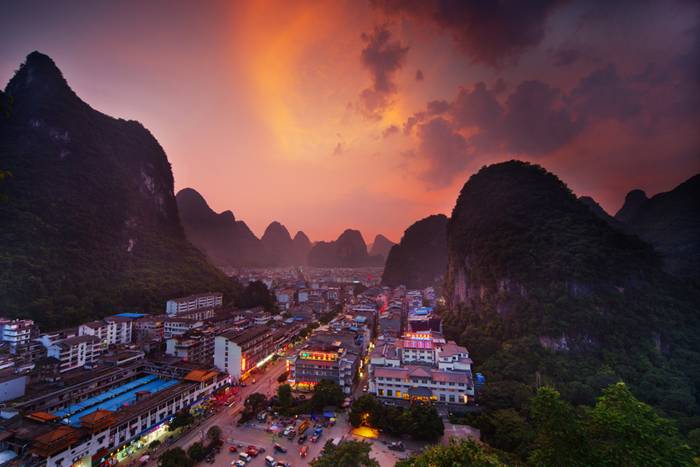The Seven Mile Bridge is a famous bridge in the Florida Keys, in Monroe
County, Florida, United States. It connects Knight's Key (part of the
city of Marathon, Florida) in the Middle Keys to Little Duck Key in the
Lower Keys. Among the longest bridges in existence when it was built, it
is one of the many bridges on US 1 in the Keys, where the road is
called the Overseas Highway.
There are two bridges in this location. The older bridge, originally
known as the Knights Key-Pigeon Key-Moser Channel-Pacet Channel Bridge,
was constructed from 1909-1912 under the direction of Henry Flagler as
part of the Florida East Coast Railway's Key West Extension, also known
as the Overseas Railroad.
Photo — Link
History — After the railroad sustained considerable damage due to
effects of the Labor Day Hurricane of 1935, the line was sold to the
United States Federal Government, who subsequently refurbished Seven
Mile Bridge for automobile use. Dismantled trackage was recycled,
painted white, and used as guardrails. It had a swing span that opened
to allow passage of boat traffic, near where the bridge crosses Pigeon
Key, a small island where a work camp for Flagler's railroad was
located. Hurricane Donna in 1960 caused further damage.
The current road bridge was constructed from 1978 to 1982. The vast
majority of the original bridge still exists, used as fishing piers and
access to Pigeon Key, but the swing span over the Moser Channel of the
Intracoastal Waterway has been removed. 10 images after the break...









